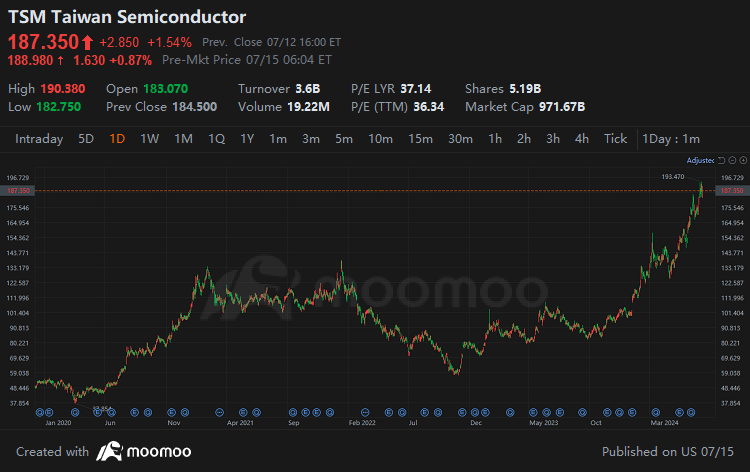To address the continuously growing demand for wafer foundry services and mitigate the risks of concentrated production in a single region, TSMC is currently investing in new wafer fabs globally. For example, TSMC's factory construction in Arizona, USA, has reached its third phase, and the wafer fab in Kumamoto Prefecture, Japan, has announced a second phase of construction. TSMC also plans to build new factories in Germany and other countries. Additionally, TSMC continues to invest in factory construction and further development in Taiwan. These construction and investment plans require significant capital expenditures: from 2018 to 2023, TSMC's capital expenditure increased from $10.4 billion to $30.4 billion, nearly tripling. Even with government subsidies and policy incentives from various countries, the construction of these not-yet-operational factories involves substantial costs. The good news is that the strong demand in the AI sector compensates for this expenditure. Overall, TSMC's net profit has increased from $11.1 billion to $26.9 billion over the past five years, not being hampered by the rising expenditures.



MomentumPython1337 : great article but i have a problem with your recommendation.
recommending options to investors is kind of an oxymoron. options should only be used for trading. especially if you're selling anything (puts or calls), you're going to need to monitor the price very frequently in case things go against you you can end up in a lot of disaster, even if you were happy to buy shares at the put strike price
Laine Ford : I like the stock one the stock I was watching